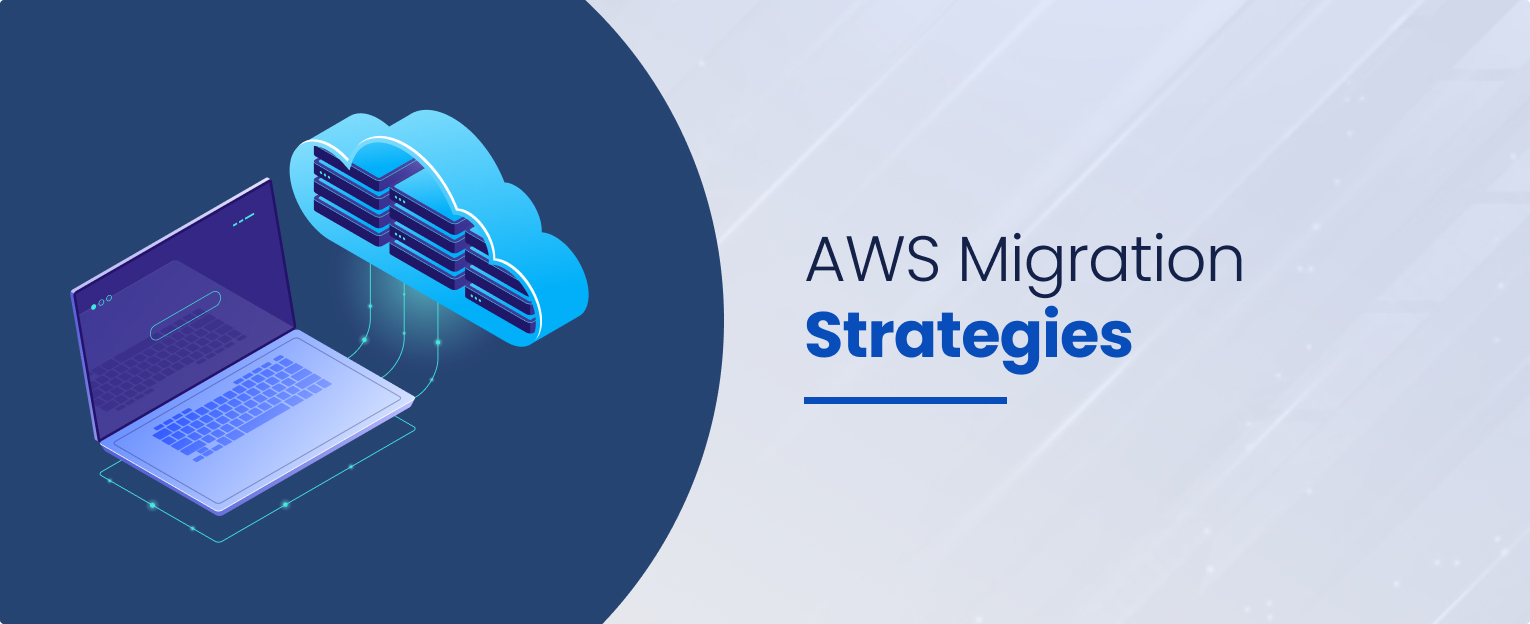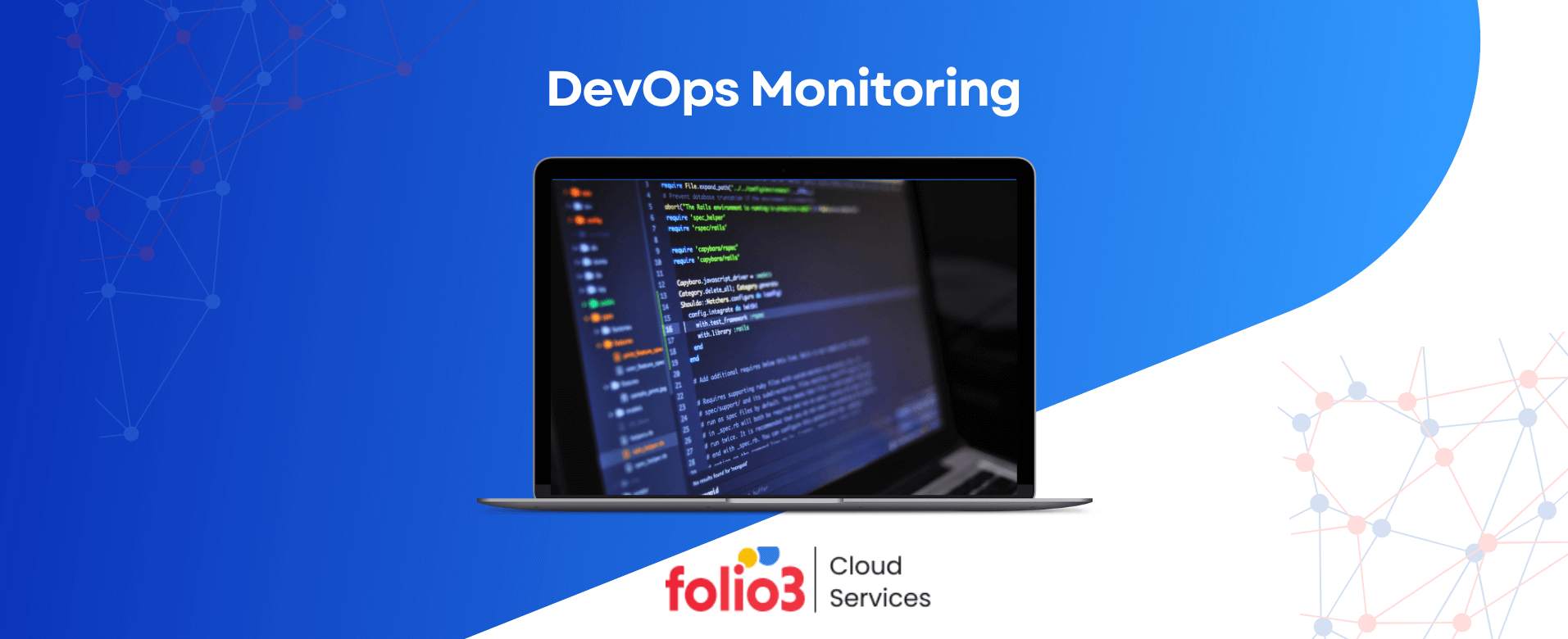Organizations are increasingly replacing their on-premise infrastructures and choosing to migrate to the cloud for better and improved business outcomes. It is undisputed that migrating your applications to the AWS (Amazon Web Services) cloud can bring numerous benefits, such as increased scalability, improved performance, cost optimization, and enhanced security.
However, migrating to the cloud can be tricky and a successful migration process requires careful planning, selecting the right strategy and tools, and thorough implementation. Is your organization also considering migrating your on-premise applications to the AWS cloud?
In this article, we will explore the 7 Rs of AWS Migration Strategies, understand the fundamentals and learn to identify the right strategy for your business.
What Are the 7 Rs of AWS Migration Strategies?
AWS offers a comprehensive framework, known as the 7 Rs of AWS Cloud Migration Strategies, to help businesses smoothly transition their existing workloads to the cloud. These different application migration strategies help organizations determine the most suitable approach for migrating their applications to the cloud.
The concept was initially introduced by Gartner with a 5Rs model, during the early days of cloud computing. It provided a helpful framework for evaluating migration strategies as organizations began exploring the benefits of moving to the cloud. Over time, this model became widely used in planning and executing migration projects.
However, as cloud computing evolved, so did migration strategies, including those offered by cloud migration consulting services. AWS recognized the need for a more comprehensive approach and expanded on the 5 Rs model, adding the sixth R, “Retire.” This emphasized the importance of assessing the value of existing applications and considering the replacement of legacy systems with more efficient cloud-based alternatives, and thus introduced the AWS 6 Rs model for cloud migration.
Let’s explore the 7Rs of cloud migration and discuss each AWS cloud migration strategy in detail.

Seamlessly Migrate to the Cloud with Our Custom Cloud Migration Solution
Embrace the power of AWS and drive your business towards unprecedented scalability, efficiency, and success. Don’t miss the opportunity to transform your organization with our expert cloud migration services.
1. Rehosting (Lift and Shift)
Rehosting is also known as “lift and shift,” and it involves migrating your applications to AWS with minimal changes. It focuses on replicating the existing infrastructure on the cloud without making significant modifications to the application architecture. Rehosting provides a quick and straightforward migration option, ideal for applications that don’t require significant changes.
Pros:
- It is a quick and straightforward migration process.
- There is minimal disruption to existing applications.
- Results in potential cost savings compared to on-premises infrastructure.
Cons:
Because you are taking the existing design to the cloud without significant modifications, you may:
- Not fully leverage AWS services and benefits
- Miss potential opportunities for optimization and cost savings.
- Not see significant improvement in the application performance.
2. Replatforming (Lift, Tinker, and Shift)
Replatforming involves making minor modifications to your applications to take advantage of the cloud-native capabilities. This application migration strategy allows you to optimize the applications for the AWS environment [(add previous article link “migrating to aws”) – as Cluster part] while maintaining its core architecture and design. This allows your organization to leverage managed services provided by AWS, such as databases, messaging queues, or caching services, to enhance the performance, scalability, and cost efficiency.
Pros:
- Optimization of applications for the AWS environment.
- Ability to take advantage of managed services and cloud-native features.
- Potential for improved scalability and cost savings.
Cons:
- Requires making some modifications to the application.
- Might not fully leverage all cloud-native capabilities.
- Possibility of encountering compatibility issues during the transition.
3. Repurchasing (Drop and Shop)
The 3rd R of the AWS 7Rs model is Repurchasing. This strategy involves abandoning your existing applications and opting for alternative software-as-a-service (SaaS) solutions offered by AWS or third-party vendors. This strategy is useful when you are looking to modernize any of your legacy applications and existing applications can be replaced with off-the-shelf SaaS products that better meet your organization’s needs.
Repurchasing eliminates the need for maintaining and managing the underlying infrastructure and allows you to focus on the core business functions.
Pros:
- Access to off-the-shelf or SaaS solutions that better fit business needs.
- Reduced maintenance efforts and costs.
- Potential scalability and feature enhancements provided by the new solution.
- Move to more modern applications and replace legacy systems
Cons:
- Data migration challenges when transitioning to a new system.
- Potential vendor lock-in risks.
- Customization limitations compared to the previous application.
Case Studies
Growth. Enabled.

Sunburst Type To Learn

InGenius Prep

Magento Cloud Migration

Nutrition Detection App
4. Refactoring (Re-architecting)
Refactoring, also known as rearchitecting, involves making significant changes to your application’s architecture to take full advantage of cloud-native capabilities. This AWS cloud migration strategy requires rewriting or redesigning parts of the application to take complete advantage of services such as serverless computing, microservices, or containerization. Refactoring offers organizations greater flexibility, scalability, and resilience while embracing cloud-native best practices.
Pros:
- Ability to fully leverage cloud-native services and benefits.
- Improved scalability, flexibility, and performance optimization.
- Potential for significant cost savings in the long run.
Cons:
- Requires significant development effort and resources.
- Potential disruptions during the refactoring process.
- Increased complexity and potential challenges in managing the new architecture.
5. Retiring
Retiring involves decommissioning or retiring applications that are no longer necessary or relevant. This strategy helps organizations streamline their IT portfolios and eliminate unnecessary costs. By identifying and retiring obsolete or redundant applications, businesses can focus their resources on more critical initiatives.
Pros:
- Cost reduction by eliminating unused or obsolete applications.
- Streamlined IT portfolio with a focus on critical applications.
- Improved resource allocation and efficiency.
Cons:
- Requires careful planning and consideration of dependencies.
- Potential impact on systems or processes reliant on retired applications.
- Data migration challenges and potential data loss if not handled properly.

Seamlessly Migrate to the Cloud with Our Custom Cloud Migration Solution
Take the first step towards an optimized and future-ready cloud environment. Contact us today to schedule your complimentary consultation and embark on your cloud migration journey. Let our team of experts guide you towards limitless growth in the cloud.
6. Retaining
Retaining involves keeping certain applications on-premises or in a non-cloud environment due to specific requirements or limitations. This particular application migration strategy is suitable for applications that cannot be easily migrated to the cloud or have regulatory or compliance restrictions. Retaining allows organizations to prioritize migration efforts and focus on applications that can benefit the most from cloud migration.
Pros:
- Compliance adherence for applications with regulatory requirements.
- Retaining sensitive data on-premises for data sovereignty.
- Addressing limitations or dependencies that prevent migration.
Cons:
- Limited scalability compared to cloud-native applications.
- Potential missed opportunities for cost optimization and elasticity.
- Restricted access to certain AWS services and features.
7. Risk Mitigation
Risk mitigation involves minimizing risks associated with migrating applications to the cloud. This strategy includes conducting thorough assessments, testing, and monitoring to ensure a smooth transition. By identifying and addressing potential risks early in the migration process, organizations can mitigate disruptions and optimize the overall migration experience.
Pros:
- Minimizing disruptions and potential risks during the migration process.
- Ensuring data integrity and maintaining business continuity.
- Identification and mitigation of potential issues before they become problems.
Cons:
- Additional planning, resources, and time required for risk assessment and mitigation.
- Potential delays in the migration timeline.
- Increased complexity in managing and coordinating risk mitigation activities.
Data migration can be a time-intensive and an expensive process but migrating your applications to the AWS cloud can unlock a wide range of benefits for your organization. You can quickly scale your applications to support increased queries, observe exceptional performance benefits, reduce the operational costs in the long run, and enhance the overall security of your architecture. By understanding the 7 Rs of AWS Migration strategies and following the AWS cloud migration checklist, you can ensure a successful migration that aligns with your organization’s goals and objectives.

Skilled Cloud Migration Experts Ready to Help!
Our AWS data migration experts are skilled in assessing the existing framework and determining the best strategies for your cloud migration efforts, so that your organization can embrace the true power of AWS cloud and experience its transformative potential.
- Frequently Asked Questions
Q1. What is the meaning of DevOps implementation?
DevOps implementation refers to integrating development and operations teams and their workflows to achieve faster deployments, improved software quality, and greater agility.
Q2. How do you implement a DevOps process?
STo implement DevOps, showcase the vision, create a strategic plan, use containerization, integrate CI/CD, automate testing, and continuously monitor and improve processes for enhanced collaboration and efficiency.
Q3. What’s the best strategy for implementing DevOps?
There’s no one-size-fits-all answer, but the key lies in tailoring the approach to your needs. The strategies outlined in this blog provide a solid foundation upon which to build.
Q4. What is the correct sequence for implementing DevOps?
The correct sequence for implementing DevOps includes showcasing the vision, creating a strategic plan, containerizing applications, integrating CI/CD, automating testing, and continuously monitoring and improving processes.

























